Are you tired of spending endless hours maintaining your natural lawn, or do you live in an area where water is scarce? Synthetic grass may be the perfect solution for you! Not only does it require minimal maintenance, but it also looks great year-round. But before you get started, it’s important to have a good understanding of the materials needed for the installation process.
Base Materials
The first step in installing synthetic grass is creating a sturdy base. Here are the materials you will need:
- Crushed Stone: A layer of crushed stone is recommended to provide drainage for your lawn. The size of the stone should be about ¾ inches in diameter, and you will need approximately 3-4 inches of crushed stone.
- Class II Road Base: This material is similar to crushed stone but is more compact and helps to create a solid base for your lawn. You will need approximately 3-4 inches of Class II Road Base.
- Decomposed Granite: This material is added to the top of the road base to create a smooth surface for your synthetic grass to be installed on.
Installation Materials
Once you have your base materials in place, you will need the following materials to install your synthetic grass:
- Synthetic Grass: This is, of course, the most important material needed for installation. Make sure to choose high-quality grass that will last for years to come.
- Seaming Tape: Seaming tape is used to connect two pieces of synthetic grass together. It’s important to choose a tape that is durable and will withstand the elements.
- Glue: Glue is used to attach the seaming tape to the synthetic grass. Make sure to choose a glue that is specifically designed for synthetic grass.
- Nails: Nails are used to secure the edges of the synthetic grass to the ground. Make sure to choose nails that are long enough to go through the grass and into the base materials.
- Infill: Infill is added to the synthetic grass to help it stand up and look more realistic. There are different types of infill available, such as silica sand, crumb rubber, or organic infill.
Installing synthetic grass can be a fun DIY project for homeowners who want to save time and money. With the right materials and a little bit of patience, you can transform your outdoor space into a beautiful and low-maintenance oasis. Just remember to choose high-quality materials and take the time to properly install your synthetic grass for the best results.
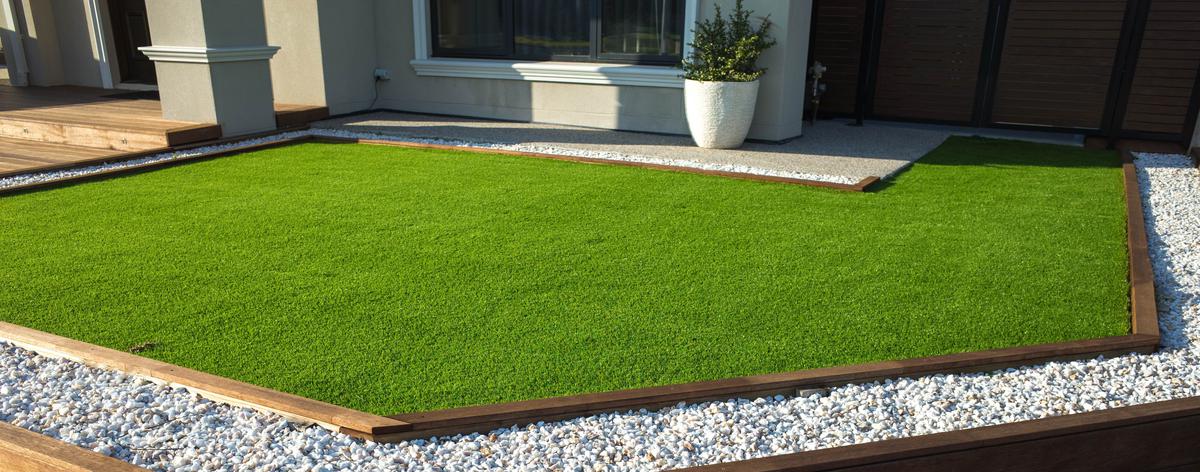

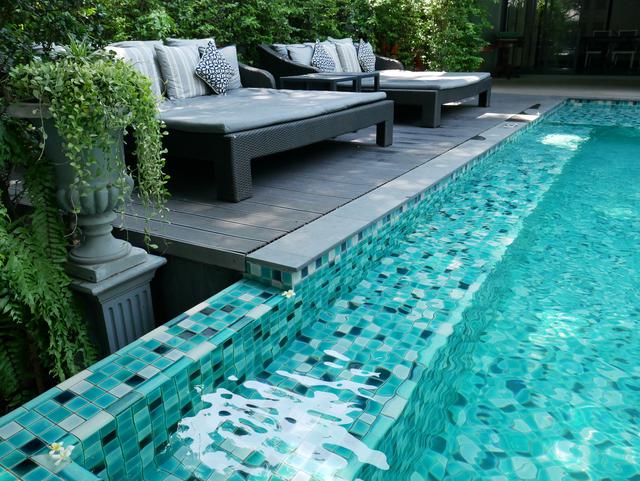
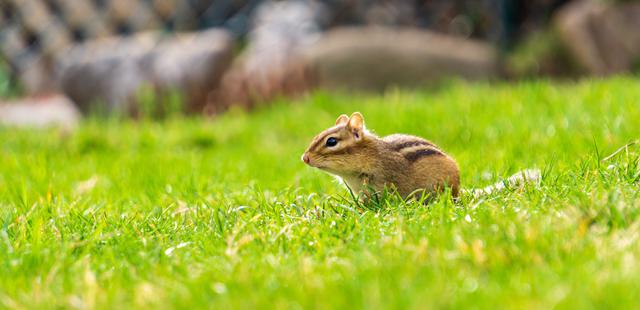
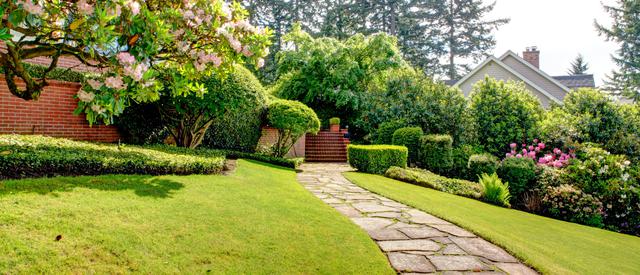
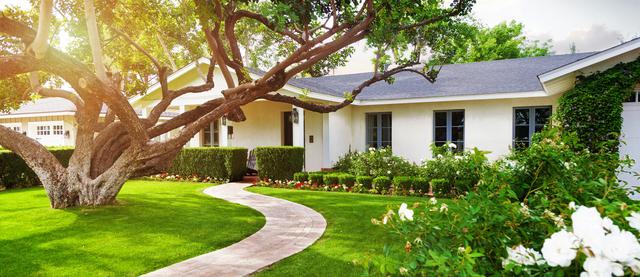
comments